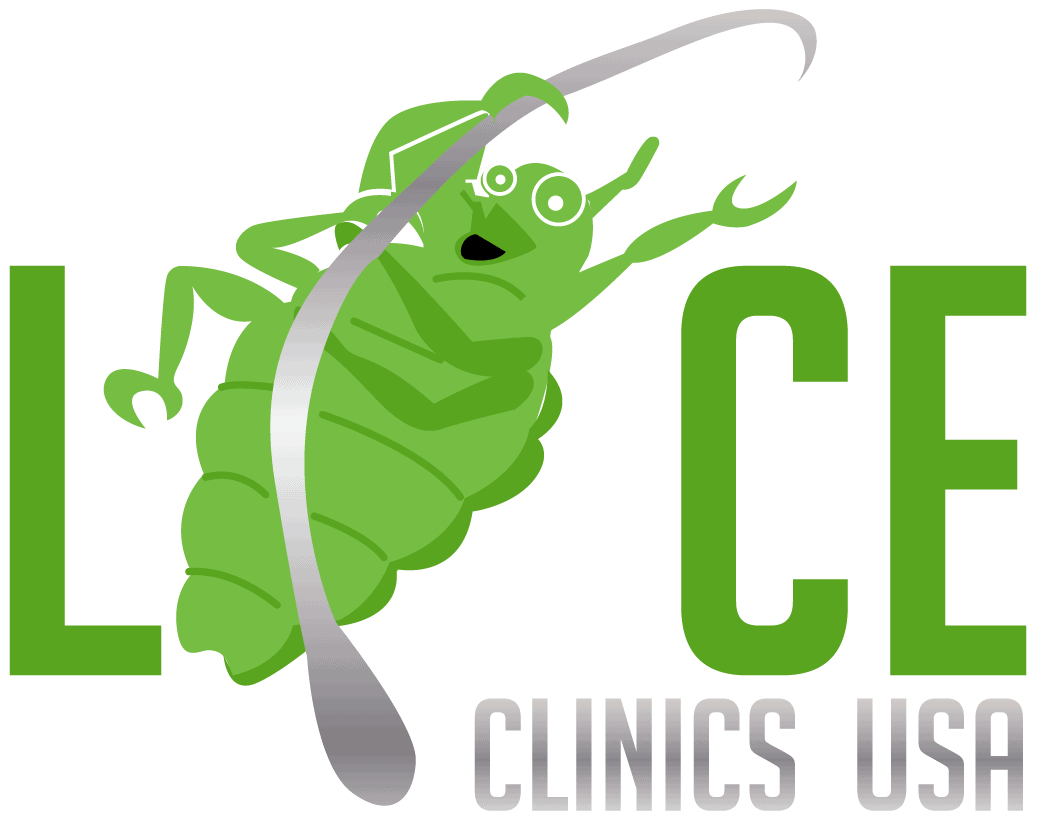Black Death Plague and the Lice Connection

Recent research indicates that what scientists thought about the Black Death plague could be inaccurate. For centuries science has blamed the rapid spread of infection on the rat population during that time. It is only now that they are learning it may have in fact been due to human parasites, namely lice and fleas.
What is the Black Death Plague?
The Black Death plague was caused by a bacteria known today as Yersinia pestis. There have been three documented pandemics of the Black Death Plague that began in western Europe around the 1340s, then in Britain during the 1660s, and ultimately in Asia and India in the 1890s. The Black Death occurrences in Europe alone killed 50 million people. It is recorded as the most lethal and catastrophic event in history. Whole towns and communities were killed and left deserted. The disease spreads rapidly and affected so many people that some say there was hardly anyone left well and alive enough to bury the dead, or take care of crops and cattle. Symptoms included the swelling of body parts in the lymph nodes, dark patches all over the skin and coughing up blood. Once these symptoms started to manifest death would occur within five days.
How was it spread?
The plague was originally thought to be spread by the rat population. In these times people did not have the means to keep things sanitary, or keep sewage and trash cleaned up. This caused an immense rat problem in largely populated areas. Scientists believed that the bacteria, Yersinia pestis would be passed onto humans from fleas that had bit an infected rat. It wasn’t until recently that this theory was questioned. There has not been adequate proof that mass numbers of rats were found dead during the plague periods. Also, the rate at which the infection spread didn’t seem to match its intensity.
A new theory has begun being tested that in fact human parasites provide a more accurate scenario for the transmission of this disease. Lice and fleas would have been able to spread the illness by biting an infected human, and in extremely populated areas move on from person to person quickly spreading the problem. People living in close quarters in large cities would be plagued with fleas and lice. Another aspect that supports this theory is the fact that as societies began to understand the necessity of sanitation, personal hygiene, and sewage systems the disease became much less prominent and eventually under control. Clothing and bedding was often covered with lice and fleas as they had little means to keep things clean and sanitary.
Does the Plague exist today?
Luckily toward the end of the 19th century, a French biologist Alexandre Yersin discovered the bacteria that caused this massive outbreak. Modern medication can be used to treat bacteria although antibiotic resistance susceptibilities are starting to show. Even today in places where there are not higher standards of hygiene, clean water and sewage systems or proper medical care pandemic diseases are present. In October, 2017 there was a plague outbreak in Madagascar that killed 57 people and was transmitted to over 700. The Red Cross and other programs world wide helped with medical clinics and site clean up to prevent further infection. This goes to show that in areas where human parasites are more prevalent this problem is still difficult to control.
